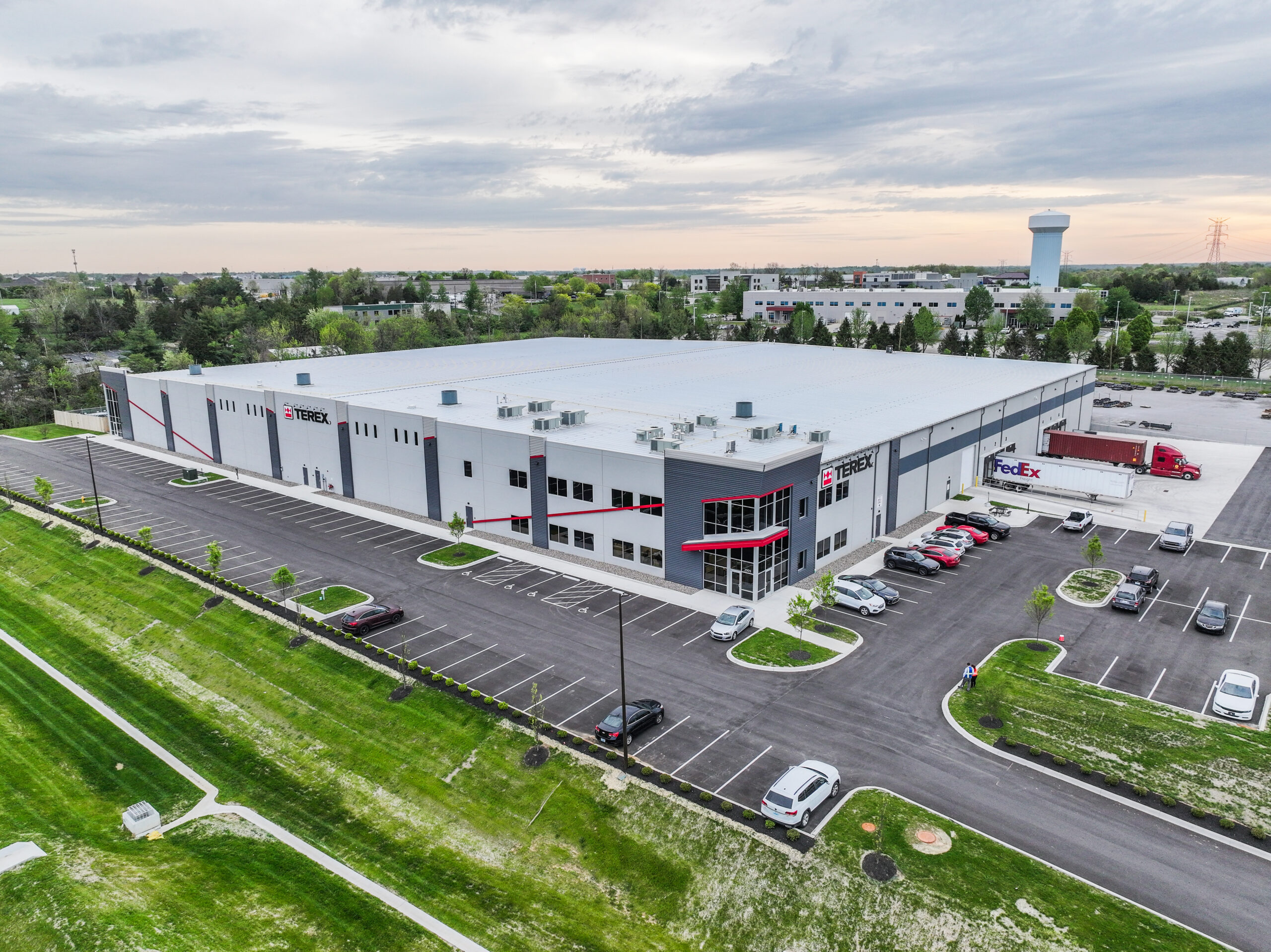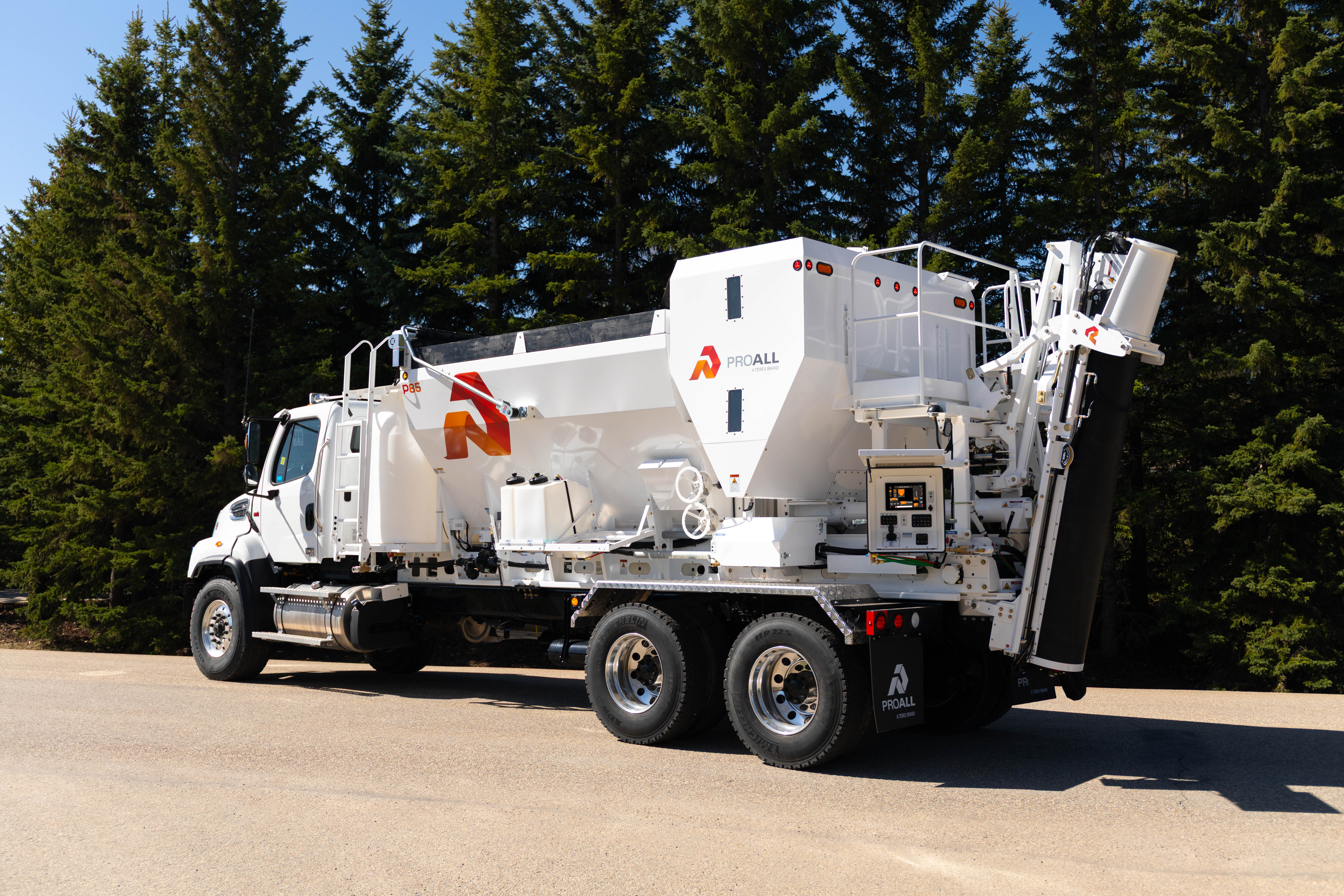
Heat Resistant Concrete: Building Strong & Sustainable Structures
Introducing the Ultimate Guide to Heat Resistant Concrete: Building Strong and Sustainable Structures. In the world of construction, durability and sustainability are paramount. When it comes to withstanding high temperatures, heat resistant concrete is the go-to solution. Whether you’re building industrial furnaces, fireplaces, or even residential structures in high-temperature zones, understanding the intricacies is essential. In this comprehensive guide, we delve into the science behind heat resistant concrete, exploring its composition, properties, and applications. We’ll uncover the secrets to crafting concrete that can withstand extreme heat without crumbling or losing strength. From selecting the right materials to mix designs and curing methods, we leave no stone unturned. Additionally, we explore the environmental benefits of heat resistant concrete. With a growing focus on sustainability, this guide highlights how heat resistant concrete can contribute positively to green building practices. By utilizing this eco-friendly material, you can reduce energy consumption, lower carbon emissions, and create long-lasting, energy-efficient structures.
Join us on this journey as we unlock the secrets to building strong, durable, and sustainable structures with heat resistant concrete. Get ready to take your construction projects to the next level.
Properties and Characteristics of Heat Resistant Concrete
Heat resistant concrete possesses unique properties and characteristics that make it suitable for high-temperature applications. One of the primary features is its ability to withstand extreme heat without losing structural integrity. The composition of high-temperature concrete typically includes special aggregates, such as volcanic materials or refractory bricks, which enhance its ability to resist thermal stresses. Another important property of heat resistant concrete is its low thermal conductivity. This means that it can effectively insulate against heat, preventing it from being transferred to the surrounding environment. Additionally, heat resistant concrete exhibits excellent fire resistance, making it ideal for structures that are exposed to high temperatures or potential fire hazards. The composition of heat resistant concrete also allows for excellent workability, making it easier to mix, pour, and shape during construction. This versatility ensures that heat resistant concrete can be used in various applications, from complex industrial furnaces to decorative fireplaces. The combination of these properties makes heat resistant concrete a reliable choice for any project requiring resistance to extreme temperatures.
Applications in Construction
The applications of heat resistant concrete in construction are vast and diverse. One of the most common uses is in the construction of industrial furnaces and kilns. These structures operate at extremely high temperatures and require materials that can withstand the thermal stresses generated. Heat resistant concrete provides the necessary durability and thermal insulation to ensure the efficient and safe operation of these facilities. Another popular application is in the construction of fireplaces and chimneys. Heat resistant concrete allows for the creation of functional and aesthetically pleasing fireplaces that can safely contain high temperatures without compromising the surrounding structure. Additionally, heat resistant concrete can be used in the construction of pizza ovens, outdoor barbecues, and other outdoor cooking facilities that require resistance to heat and fire.
In high-temperature zones, such as desert regions, heat resistant concrete can be used in the construction of residential and commercial buildings. By incorporating heat resistant concrete in the walls and roofing, these structures can effectively resist the heat and reduce the need for excessive cooling. This not only enhances the comfort of the occupants but also reduces energy consumption and contributes to sustainable building practices. The versatility of heat resistant concrete allows for its application in various other industries as well, including petrochemical plants, power generation facilities, and even aerospace. The ability to withstand high temperatures makes it an invaluable material in environments where conventional concrete would fail.
Benefits of Using Heat Resistant Concrete in High-Temperature Environments
The use of heat resistant concrete in high-temperature environments offers several significant benefits. Firstly, heat resistant concrete provides exceptional durability, ensuring that structures can withstand prolonged exposure to extreme heat without degradation. This longevity reduces the need for frequent repairs or replacements, resulting in cost savings for property owners. Additionally, heat resistant concrete offers excellent thermal insulation. By preventing heat transfer, it helps maintain a controlled temperature environment in industrial settings, improving energy efficiency and reducing operational costs. In residential and commercial buildings, heat resistant concrete helps regulate indoor temperatures, reducing the reliance on cooling systems and decreasing energy consumption. Moreover, heat resistant concrete contributes to fire safety. Its ability to resist high temperatures and prevent the spread of flames makes it an ideal choice for fire-resistant structures. This is of utmost importance in environments where fire hazards are present, such as industrial facilities or buildings located in fire-prone areas.
The use of heat resistant concrete promotes sustainability. By reducing energy consumption and carbon emissions, it aligns with green building practices and contributes to a healthier environment. Heat resistant concrete also reduces the need for excessive cooling, leading to additional energy savings. Its long-lasting nature ensures that structures remain functional for extended periods, reducing the waste generated from frequent renovations or reconstructions. Overall, the benefits of using high-temperature concrete in high-temperature environments are substantial. From improved durability and energy efficiency to enhanced fire safety and sustainability, this material provides a multitude of advantages for a wide range of applications.
Factors to Consider When Using Heat Resistant Concrete
When working with heat resistant concrete, there are several important factors to consider. The first consideration is the choice of materials. It is crucial to select aggregates and binders that are specifically designed for high-temperature applications. These materials should have a low thermal conductivity, high melting point, and excellent resistance to thermal shocks. Mix design plays a crucial role in the performance of heat resistant concrete. The proportions of aggregates, binders, and water must be carefully calculated to achieve the desired strength, workability, and resistance to heat. Adjusting the mix design can also help optimize other properties, such as fire resistance or thermal insulation. Curing methods are another crucial aspect to consider. Heat resistant concrete requires a curing process that allows for the development of its desired properties. This can involve controlled temperature and humidity conditions to ensure proper hydration and strength gain. The curing process should be carefully monitored and controlled to achieve optimal results.
In addition to these factors, it is essential to consider the specific requirements of the project. Factors such as structural design, load-bearing capacity, and exposure to other environmental conditions should be taken into account. Consulting with experienced professionals in heat resistant concrete construction can provide valuable insights and ensure that all necessary considerations are addressed.
Design Considerations for Heat Resistant Concrete Structures
Designing heat resistant concrete structures requires careful planning and consideration. One important aspect is the selection of the appropriate structural system. The chosen system should account for the anticipated thermal stresses and provide adequate support and reinforcement. Thermal expansion and contraction must also be considered during the design phase. Heat resistant concrete expands when exposed to high temperatures and contracts as it cools down. Proper joints and expansion gaps should be incorporated to accommodate these movements and prevent cracking or structural damage. Reinforcement plays a significant role in heat resistant concrete structures. Steel reinforcement bars or fibers can be added to enhance the tensile strength and improve the overall mechanical properties of the concrete. The placement and design of reinforcement should be carefully considered to maximize the structural integrity and resistance to heat.
In addition, the thickness of heat resistant concrete elements should be determined based on the anticipated heat exposure and structural requirements. Thicker elements provide better insulation and resistance to heat, but appropriate calculations should be made to ensure that the structure can withstand the resulting loads. Lastly, the aesthetics and functionality of the structure should be considered. High-temperature concrete can be used to create visually appealing and versatile designs. Incorporating architectural features, such as decorative patterns or finishes, can enhance the overall appearance of the structure while maintaining its heat-resistant properties.
Construction Techniques
The construction techniques for heat resistant concrete are similar to those used for conventional concrete, with some additional considerations. The first step is the proper preparation of the site. The ground should be leveled and compacted, and any existing structures or debris should be removed. Mixing high-temperature concrete requires careful attention to the chosen mix design. The aggregates, binders, and water should be combined in the correct proportions and mixed thoroughly to ensure uniformity. It is crucial to follow the manufacturer’s recommendations and use specialized equipment, if necessary, to achieve the desired consistency. During the pouring and placing of heat resistant concrete, it is important to ensure proper compaction. Adequate compaction helps eliminate air voids and ensures the structural integrity of the concrete. Vibrating equipment or other suitable methods can be used to achieve this. Curing is a critical step in the construction process. Heat resistant concrete requires a curing period to develop its desired properties fully. The curing process should be carefully controlled, considering temperature and humidity conditions. It is important to protect the freshly placed concrete from rapid drying or exposure to extreme heat during this period.
Lastly, proper maintenance and protection of high-temperature concrete structures are essential for their long-term durability. Regular inspections, repairs of any damages, and the application of protective coatings can help prolong the lifespan of the structure and maintain its heat-resistant properties.
Maintenance and Durability
Heat resistant concrete is known for its durability and ability to withstand extreme temperatures. However, proper maintenance is still necessary to ensure its long-term performance. Regular inspections should be conducted to identify any signs of cracking, spalling, or other forms of deterioration. If any damages are detected, they should be repaired promptly to prevent further degradation. Small cracks can be sealed using suitable repair materials, while larger damages may require more extensive repairs. It is important to consult with professionals experienced in heat resistant concrete repair to ensure proper techniques and materials are used. Additionally, applying protective coatings or sealants can enhance the durability of heat resistant concrete. These coatings can provide an extra layer of protection against moisture, chemicals, and other environmental factors that may affect the concrete’s performance. Proper cleaning and maintenance practices should also be followed. Regular cleaning using appropriate methods and cleaning agents can help remove dirt, stains, and other contaminants that may impact the appearance and performance of heat resistant concrete. Following the manufacturer’s recommendations for cleaning and maintenance is essential to avoid any potential damage. By implementing a proactive maintenance plan and regularly monitoring the condition of heat resistant concrete structures, you can ensure their longevity and optimal performance.
The Future of Heat Resistant Concrete in Sustainable Construction
As the demand for sustainable construction practices continues to grow, heat resistant concrete is poised to play a significant role in the future of the industry. Its ability to withstand extreme temperatures, provide thermal insulation, and contribute to energy efficiency makes it an attractive choice for builders and architects alike. By utilizing heat resistant concrete, construction projects can benefit from enhanced durability, improved fire safety, and reduced energy consumption. The environmental advantages, such as lower carbon emissions and longer lifespan, align with the goals of sustainable building practices. As technology and research advancements continue, we can expect further innovations in high-temperature concrete, leading to even more efficient and eco-friendly solutions. With ongoing developments in materials, mix designs, and construction techniques, the future looks promising for heat resistant concrete in sustainable construction. By embracing this ultimate guide and incorporating heat resistant concrete into your construction projects, you can build strong, durable, and sustainable structures that withstand the test of time and extreme heat. Together, let’s shape a greener, more resilient future with heat resistant concrete.
Read more about this topic in one of our previous blog posts!


